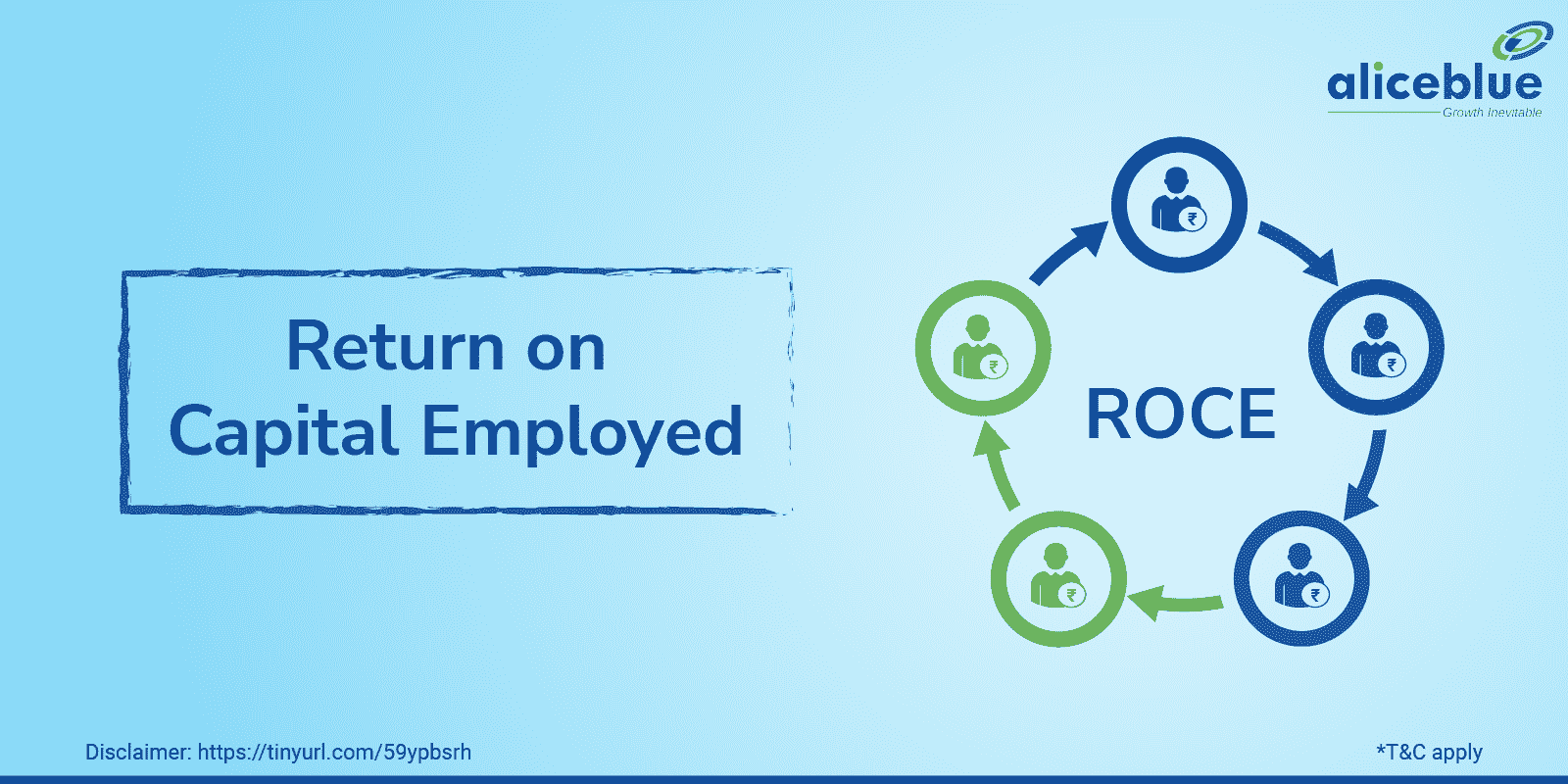
This makes sense because more profit means there was more work done with less money spent, which means greater efficiency – or higher productivity per dollar invested in assets. Plus, using the same steps every time helps compare different investments or times in your company’s life. Understanding this result helps people see how well a company turns its money into profits. The next step is looking at what this number tells us about business performance compared to others in the same game. Think of it like checking your car’s miles per gallon to know if it’s running well. This takes into consideration a company’s tax obligations, but ROCE usually does not.
- When working with your ROCE calculator, you should aim for a strong return on capital.
- Return on investment (ROI) is a measure of the total return on an investment regardless of its source of financing.
- The capital employed refers to capital provided to the company by banks and by investors.
- Here are some that are often used in conjunction with ROCE, or commonly confused with ROCE.
- The higher the profit generated per dollar or capital, the more efficient the company is at turning capital into profit.
Interpreting The ROCE Ratio
You’ll see this value listed as property, plant, and equipment (PP&E). Add this value to the value of all capital investments and current assets. Examples of current liabilities listed on a company’s balance sheet include accounts payable, short-term how to deduct mortgage points on your tax return debt, and dividends payable. Calculated as profit before interest, tax an dividends, divided by the difference between total assets and current liabilities. The ratio shows how efficiently capital is being used to generate revenue.
Formula and Calculation of Capital Employed
To find out how well a company uses its capital to make money, we use the ROCE formula. It’s like a recipe for baking a cake, but instead of flour and sugar, we combine earnings before interest and taxes (EBIT) with the difference between total assets and current liabilities. Return on capital employed (ROCE) is a financial ratio that can be used to assess a company’s profitability and capital efficiency. In other words, this ratio can help to understand how well a company is generating profits from its capital as it is put to use. ROCE is one of several profitability ratios financial managers, stakeholders, and potential investors may use when analyzing a company for investment.
The Bankrate promise

This means it looks at what the business earns before paying any interest or tax. Let’s say a company earns $50,000 before interest and taxes (EBIT) and has a total of $200,000 invested in capital. To figure out the return on capital employed (ROCE), you would use these numbers. Calculating ROCE is easier than you might think, boiling down to a simple formula that marries your EBIT with capital employed.
Grasping this concept is crucial for investors aiming to assess the operational efficiency and profitability of potential investment opportunities. Capital employed is calculated by taking total assets from the balance sheet and subtracting current liabilities, which are short-term financial obligations. The roce ratio determines the efficiency of a company in using its capital. For better understanding, in the image below, Apple Inc reported a ROCE of 26.5% in the fiscal year 2019. This means that for every dollar invested in capital, the tech giant generated 26.5 cents in operating income.
Narrow Focus on Profitability
Investors can use that number to calculate Beta, which is described below. It’s also useful for measuring the return on investment for the current project. Capital employed can give a snapshot of how a company is investing its money. However, it is a frequently used term that is, at the same time, very difficult to define because there are so many contexts in which it can be used. All definitions generally refer to the capital investment necessary for a business to function. The reason why we use an average for year-end is because we do not want to allow a high level of debt at the start to have us pay interest on that money before it becomes capital employed.
As a measure of past capital investments’ success, it may not predict future profitability or the impact of new investments accurately. Return on Capital Employed (ROCE) is a widely used financial metric that assesses a company’s profitability and capital efficiency. However, investors should be aware of several limitations when relying on ROCE for investment decisions. ROCE is figured using earnings before interest and taxes divided by the company’s total capital, both equity and debt. While ROI can be used to compare products and investment opportunities, ROCE is more specific to companies. Dive into the world of ROCE, a pivotal financial ratio that offers a clear snapshot of how effectively a company is using its capital to generate profits.
The higher the profit generated per dollar or capital, the more efficient the company is at turning capital into profit. So a higher ROCE indicates higher efficiency when comparing companies. ROCE and ROIC may seem similar, but they are different ways to measure how well a company uses its money. ROCE stands for Return on Capital Employed and shows how much profit a company makes from all the capital it uses, including debt and equity.
The return on capital employed indicates how the management has used the funds supplied by creditors and owners. Capital Employed is typically defined as Total Assets minus Current Liabilities. Alternatively, it can also be calculated as the sum of shareholders’ equity and long-term debt. Here’s how ROCE works, including how to calculate it, the ratio’s limitations and how ROCE compares to several other popular financial ratios.
Investors are looking for higher returns, but RF is a good number to use as a baseline for cost-of-equity calculations. The company’s cost of equity can be higher than the cost of debt because interest payments on debt are tax deductible. Systematic risk could impact the investor’s cost, such as not meeting the expected market return or losses due to the stock’s volatility on a public exchange.












Leave a Reply